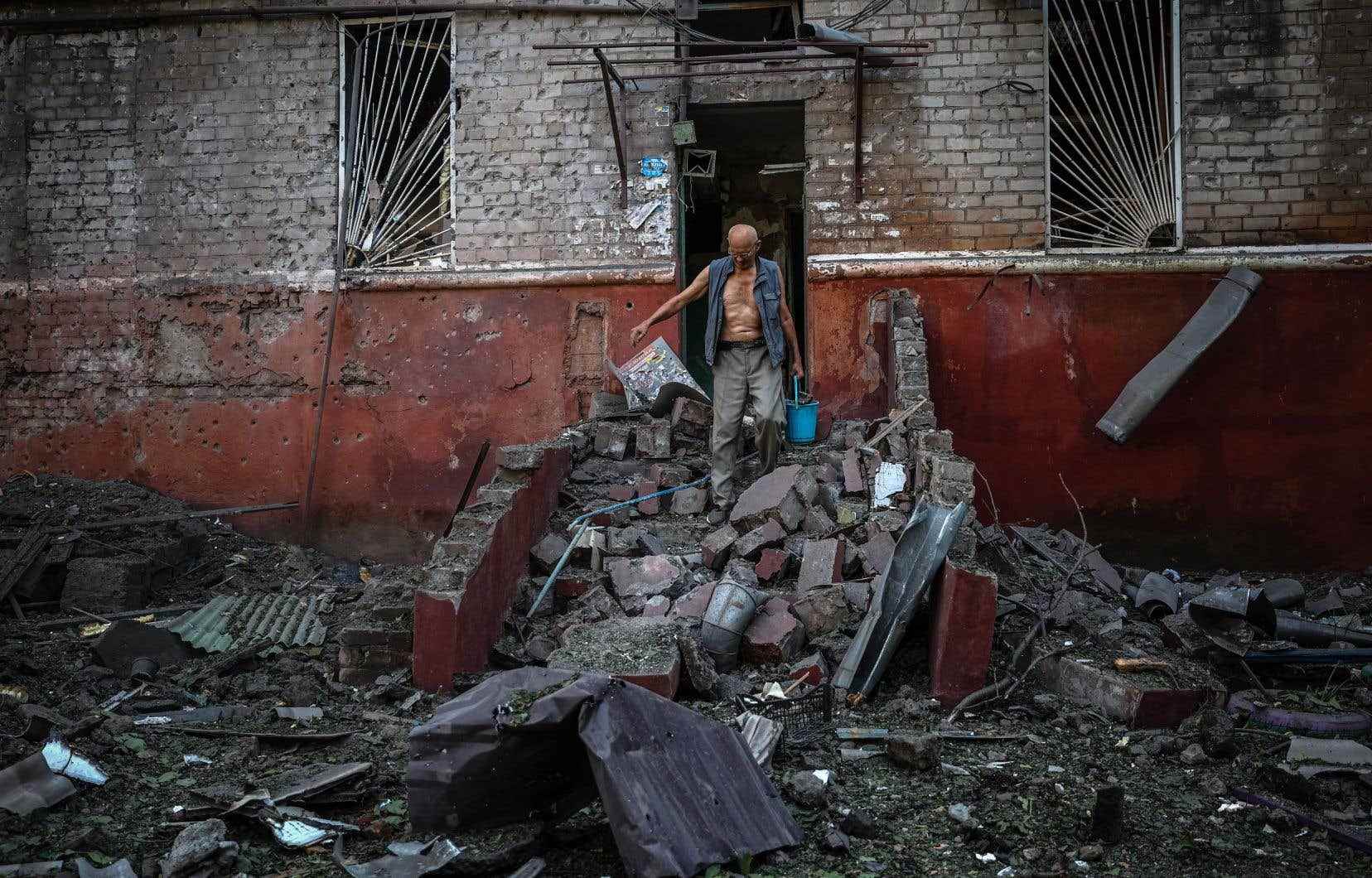The six months of war in Ukraine leave the world perplexed about the consequences of this conflict. When and how will it end? According to the kyiv authorities, all the lost territories will be taken back by arms and the Russians will be driven out. As for Russia, it has set neither a timetable nor a final perimeter for its operations. The course since February suggests that it will move towards territories populated by Russian speakers up to Transnistria, but it has also made it clear that it could go beyond if a settlement is not reached.
Given that kyiv sets the precondition of Russia’s defeat, there would be nothing to negotiate. And from the Russian point of view, what need would there be to negotiate after reaching Transnistria? The sluggish talks of March 2022 were doomed to failure, especially since NATO pressured kyiv to end them and one of the Ukrainian negotiators was assassinated. An agreement would not have been more respected than the Minsk agreements. Finally, the longer the conflict continues, the harder it will be to find a diplomatic solution.
The answer to the opening question is that the conflict in Ukraine will be long-lasting, as it is the nodal point of an iron cross between forces that far exceed Ukraine. It is consubstantial with a far-reaching duel on the economic level, with the initial intention of the collapse of Russia and the immediate prospect of that of Europe. Lucidity commands clarity, even if it means that our optimism suffers.
Novelty of the conflict
We are so used to American wars that military intervention by another great power had the effect of a thunderclap. It was a prerogative of the “sole superpower”, the exclusive attribute of the hegemon. For years, Russia was begging to be accepted by the West. However, the extension of NATO to its borders, the “revolutions” in neighboring countries and the denunciation campaigns have made it change its attitude. The armed intervention in Ukraine is the clear expression of this reversal. Not that it came as a surprise to US policymakers. The report Extending Russia (2019) of the Rand Corporation, a “suggestion box” in the service of the Pentagon, listed the means of putting pressure on Russia, while anticipating a “counter-escalation” on its part. To be mistaken, it looks like a game plan. The actions that were subsequently taken by the United States were fully consistent in every detail with the measures that were proposed in the Rand document. Until the caricature, the same scenario unfolds against China, Taiwan acting as eastern Ukraine.
The image of Vladimir Putin expansionist and eager to find the lost USSR has thus fizzled. In this regard, the West has for some time been highlighting the figure of the conservative philosopher Alexander Dugin, as an attempt to cling to the idea that the military operation is explained from a logic internal to Russia. (the influence of Dugin on Putin) and not as a reaction to the provocation of the United States. This imaginary scenario had the distinct advantage of avoiding geopolitical issues and not taking into account the American elephant in the room.
The conflict in Ukraine brought an end to the post-Cold War era. The unipolar moment is at its twilight. The initiative for military action is no longer the monopoly of the United States when another great power takes up arms and, moreover, does so as a frontal challenge to American policy. Even the methods change. The Russian operation is a limited war, both conventional and essentially terrestrial, a model which had been replaced by the “postmodern” American wars, made up of aerial bombardments and a surge of “communications” where the “narrative” and “virtual reality” drown out reality.
Risk of perpetuation of the conflict
Let’s hope the conflict doesn’t escalate into a world war, despite the efforts of a few hotheads fed up with Russophobia. Whatever the configuration that emerges in Ukraine, with negotiations and a signed agreement or not, Russia will have to defend the Russian-speaking regions of the East and the South, and prevent the transformation of the North and the West into weapons of NATO. And as long as it is there, the other side will try to dislodge it, with the support of NATO. Successive strikes, pinpricks, sabotage, attacks (like the one against Daria Douguina) and reprisals.
The result would be a protracted conflict, still part of the US strategy of undermining a Russia overshadowing US hegemony. Any empire will seek to perpetuate itself. Stopping the erosion of unipolar globalism requires “preventive” offensives that have sown disorder and chaos throughout the world through hybrid wars that combine military action with the panoply of other levers of destabilization. A distant power, the United States acts through interposed countries around Russia and China. The misfortune of Ukraine is to have all the “assets” for this mission: neighbor of Russia, obligatory passage in Eurasia, non-official member of NATO.
During the post-Cold War period, the United States waged endless wars against countries that were weak but guilty of thinking of themselves as sovereign. With the post-Cold War over, they engage in a permanent hybrid war against two great powers straddling their sovereignty. Without the unlikely resolution of the current conflict, Ukraine has little chance of escaping this infernal mechanism.
